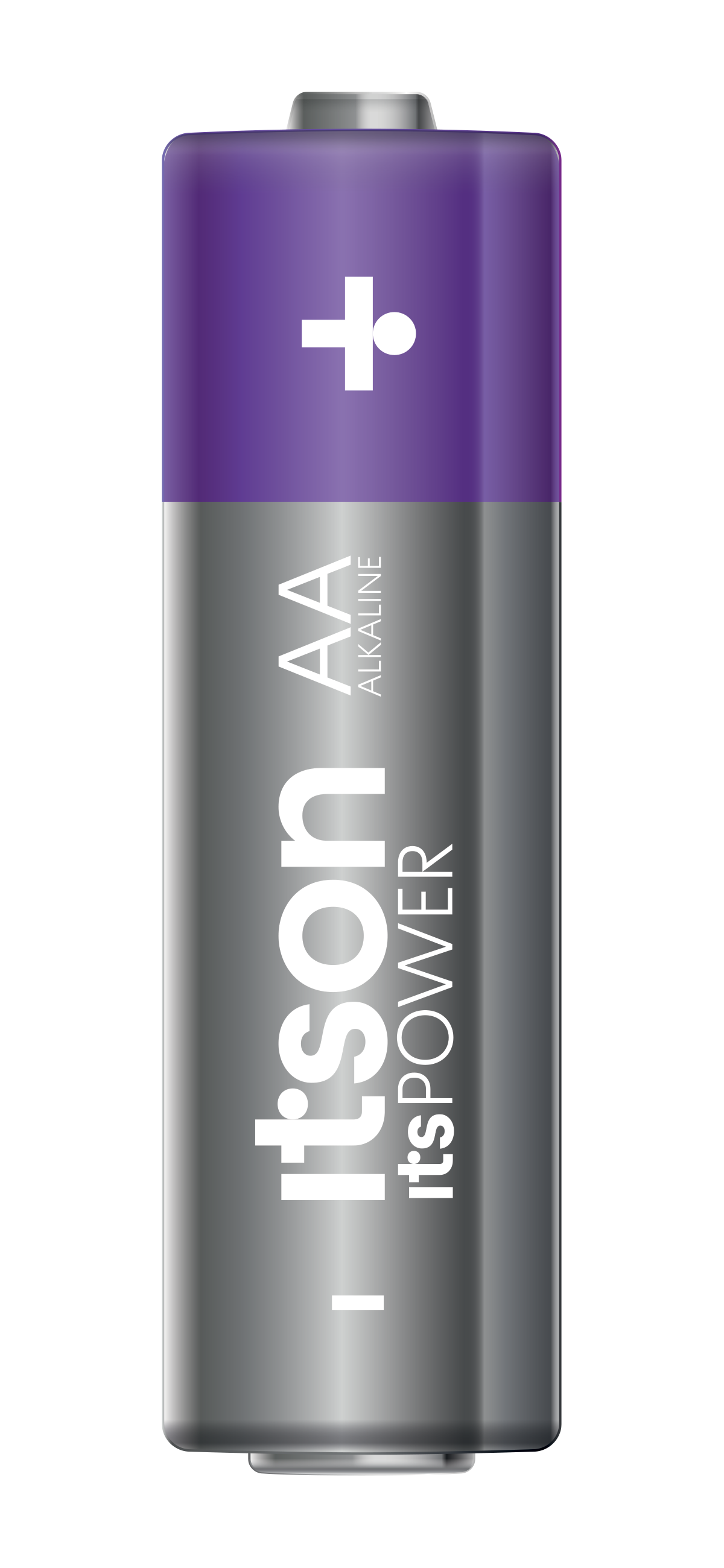If you have a WordPress website, you probably know how important it is to rank well on search engines. But do you know how to optimize your site for SEO? WordPress SEO is not just about installing a plugin and hoping for the best. It’s about following the best practices that will help you boost your traffic and reach your target audience. In this article, we will show you how to do WordPress SEO the right way, from choosing the right keywords and themes to creating engaging content and improving your site speed. Whether you are a beginner or an expert, you will find something useful in this guide to WordPress SEO best practices.
Understanding SEO Basics
Definition and significance of SEO
SEO stands for Search Engine Optimization, which is the process of improving the quality and quantity of traffic to your website from organic search results. Organic traffic is the traffic you don’t have to pay for, unlike paid ads or sponsored posts. SEO is important because it helps your website rank higher on search engines like Google or Bing, which means more visibility and more potential customers for your business. SEO also helps you build trust and authority with your audience, as they are more likely to click on websites that appear on the first page of search results.
Key Elements of SEO
SEO consists of three main elements: on-page optimization, off-page optimization, and technical optimization. Each element has its strategies and techniques that you need to implement to improve your SEO performance.
- On-page optimization: On-page optimization refers to the actions you take on your website to make it more relevant and user-friendly for your target keywords and audience. This includes optimizing your content, titles, headings, meta tags, images, URLs, and internal links. On-page optimization helps you communicate your topic and value proposition to both search engines and users and increase your click-through rate (CTR) and dwell time.
- Off-page optimization: Off-page optimization refers to the actions you take outside of your website to increase its popularity and authority in your niche. This includes building backlinks, social media marketing, guest posting, influencer outreach, and online reviews. Off-page optimization helps you generate referral traffic, boost your brand awareness and reputation, and improve your domain authority (DA) and page authority (PA).
- Technical optimization: Technical optimization refers to the actions you take to improve the speed, security, and functionality of your website. This includes using a fast and reliable hosting service, enabling HTTPS protocol, compressing and caching your files, using a responsive design, fixing broken links and redirects, and creating a sitemap and a robots.txt file. Technical optimization helps you enhance your user experience (UX), reduce your bounce rate, and ensure that your website is crawlable and indexable by search engines.
WordPress SEO Settings
Configuring permalinks
Permalinks are the permanent URLs of your web pages and posts. They are important for SEO because they affect how search engines index and display your content. You should configure your permalinks to be descriptive, concise, and keyword-rich, rather than using the default numeric or date-based format. To do this, go to Settings > Permalinks and choose the option that best suits your site structure and content. For example, you can use the post name option to have your URLs look like this: https://example.com/boost-your-traffic-a-guide-to-wordpress-seo-best-practices/
Optimizing site title and tagline
Your site title and tagline are the first things that users and search engines see when they visit your website. They are also displayed in the browser tab and the search results. You should optimize your site title and tagline to be catchy, relevant, and unique, and to include your main keyword and brand name. To do this, go to Settings > General and enter your site title and tagline in the corresponding fields. For example, you can use something like this: Boost Your Traffic | A WordPress SEO Blog by John Smith
Setting up XML sitemaps
XML sitemaps are files that list all the pages and posts on your website, along with their metadata such as last modified date, priority, and frequency of update. They are important for SEO because they help search engines discover and index your content faster and more accurately. You should set up XML sitemaps for your website and submit them to Google Search Console and Bing Webmaster Tools. To do this, you can use a plugin like Yoast SEO or Google XML Sitemaps, which will automatically generate and update your sitemaps for you.
Enabling SEO-friendly URLs
SEO-friendly URLs are URLs that are easy to read and understand by both humans and search engines. They are essential for SEO because they improve your user experience, click-through rate, and keyword ranking. You should enable SEO-friendly URLs for your website by using hyphens instead of underscores or spaces to separate words, using lowercase letters instead of uppercase letters, avoiding unnecessary parameters or characters, and keeping them as short as possible. To do this, you can use a plugin like Redirection or Pretty Links, which will help you create and manage SEO-friendly URLs for your website.
Managing robots.txt and .htaccess files
Robots.txt and .htaccess are two files that control how search engines and browsers access and interact with your website. They are important for SEO because they can help you prevent duplicate content issues, improve your site security, and optimize your site performance. You should manage robots.txt and .htaccess files for your website by using them to block unwanted bots or crawlers, redirect old or broken URLs to new ones, enable compression and caching, and implement HTTPS protocol. To do this, you can use a plugin like WP Robots Txt or WP Htaccess Editor, which will allow you to edit these files from your WordPress dashboard.
Conclusion
We hope you have learned something new and useful that will help you boost your website traffic and reach your online goals. To recap, here are some of the key WordPress SEO best practices that you should follow:
- Choose a fast and reliable hosting service and an SEO-friendly theme for your website.
- Conduct keyword research and optimize your content, titles, headings, meta tags, images, and URLs for your target keywords and audience.
- Build backlinks, social media presence, and online reviews to increase your popularity and authority in your niche.
- Improve your site speed, security, and functionality by using HTTPS protocol, compressing and caching your files, using a responsive design, fixing broken links and redirects, and creating a sitemap and a robots.txt file.
- Use plugins like Yoast SEO, Google XML Sitemaps, Redirection, Pretty Links, WP Robots Txt, and WP Htaccess Editor to make your WordPress SEO easier and more effective.
WordPress SEO is not a one-time thing. It’s an ongoing process that requires constant monitoring and tweaking. But don’t worry, you don’t have to do it alone. There are plenty of resources and tools available online that can help you with your WordPress SEO journey. And remember, the results are worth it. By following these WordPress SEO best practices, you will be able to create a website that attracts more visitors, converts more customers, and grows your business. So, what are you waiting for? Start implementing these strategies today and watch your website traffic soar!





















